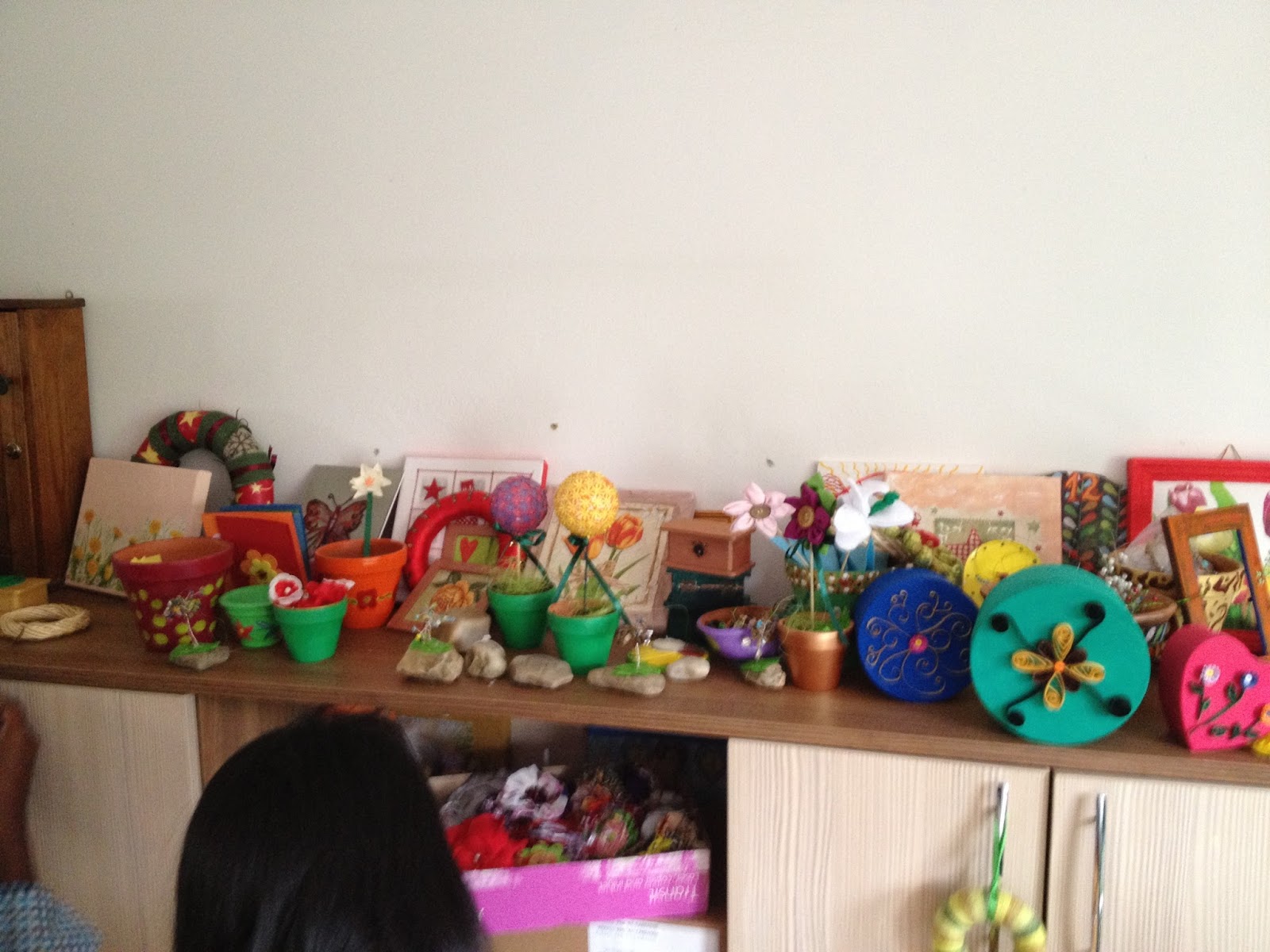#6 Social Work Conference
While in Cluj we were able to attend, “Building Better Social Services By Working Together.” The conference theme was: “Partnering for Development of Community Social Services.” Emil Boc was there, he is the major of Cluj-Napoca. During the conference we had head sets so it could be translated into english. I think it was the first two speakers that lectured in english though. It was kind of difficult to pay attention sometimes when the main voice is in a different language but than you are hearing english in your ear. In the beginning they mentioned how people are falling through the cracks and systems need to communicate with each other. This was one of their hopes for the conference is to bring people together. **I did not write down who spoke about what so this will be more of an overview and key notes.** One point that was actually brought up a lot through out my time in Romania was that there needs to be more of a focus on prevention. That there also needs to be person-centered care. This was interesting because I learned about this in the past year. The idea is called, “people first” it means having the person come first not their disability. At the beginning of the conference they spoke about the Roma people. They showed pictures of the different Roma camps especially, “Pata Rat” meaning garbage dump. The person that spoke about this mentioned that the city of Cluj is trying to find a solution to this area. They suggest, renewable low maitanece housing, long term job opportunities, vocational training and community buildings. An organization that was mentioned a lot through out the conference was the European Social Network. They are non-profit and have 30 organization through out Europe. They hold workshops, seminars and try to develop a link of policy making. There focus is on developing community care and mental health. Another topic that was mentioned during my trip was called, “Second Chance.” This is for students who leave school before getting to high/secondary school. This program has now been integrated into the public school system. This reminded me of our GED programs. One of the problems that is faced in second chance is that sometimes these students lack motivation which causes them to fail. The solution they recommend is to improve motivation and have counseling which includes the family. Overall, this conference was very informative. There were a lot of important people there and we were lucky to be given the chance to attend the conference.







































